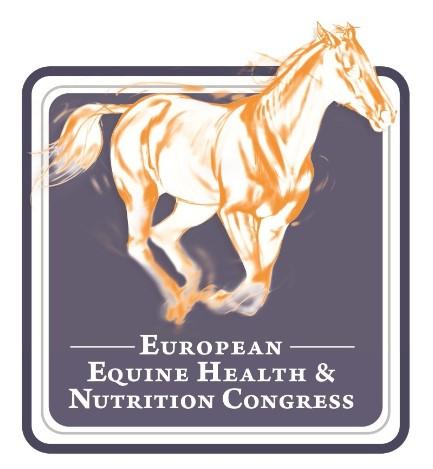Get access to all handy features included in the IVIS website
- Get unlimited access to books, proceedings and journals.
- Get access to a global catalogue of meetings, on-site and online courses, webinars and educational videos.
- Bookmark your favorite articles in My Library for future reading.
- Save future meetings and courses in My Calendar and My e-Learning.
- Ask authors questions and read what others have to say.
Bioavailability of Minerals in the Horse
Get access to all handy features included in the IVIS website
- Get unlimited access to books, proceedings and journals.
- Get access to a global catalogue of meetings, on-site and online courses, webinars and educational videos.
- Bookmark your favorite articles in My Library for future reading.
- Save future meetings and courses in My Calendar and My e-Learning.
- Ask authors questions and read what others have to say.
Read
Introduction
The term bioavailability is used in pharmacology and toxicology as well as in nutrition. Its pharmacologic definition is as follows: “Bioavailability is a measurement of the rate and extent of therapeutically active drug that reaches the systemic circulation and is available at the site of action (Shargel and Yu 1999). Extended to nutrients the definition can be formulated: Bioavailability is a measurement of the rate and extent of a nutrient that reaches the systemic circulation and is available at target tissue level. For minerals bioavailability depends strongly on absorption from the gastrointestinal tract into the systemic circulation. For most minerals this is the limiting step. Consequently true digestibility is often used to quantify mineral bioavailability. There are, however, situations where other factors than absorption from the gastrointestinal tract may be limiting bioavailability of minerals. For instance, in copper deficient animals iron cannot be used to build hemoglobin (Mertz 1986). [...]
Get access to all handy features included in the IVIS website
- Get unlimited access to books, proceedings and journals.
- Get access to a global catalogue of meetings, on-site and online courses, webinars and educational videos.
- Bookmark your favorite articles in My Library for future reading.
- Save future meetings and courses in My Calendar and My e-Learning.
- Ask authors questions and read what others have to say.




Comments (0)
Ask the author
0 comments